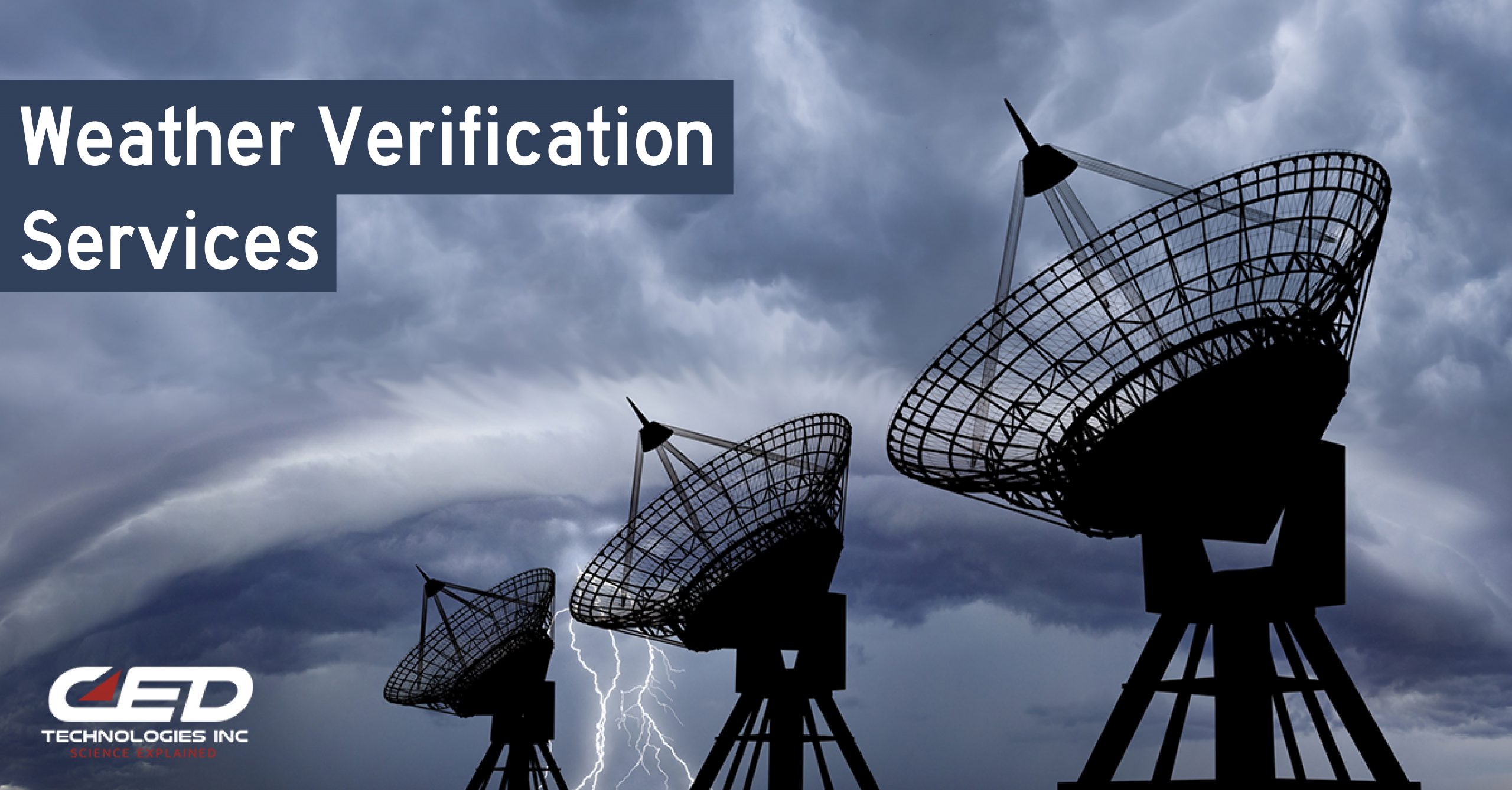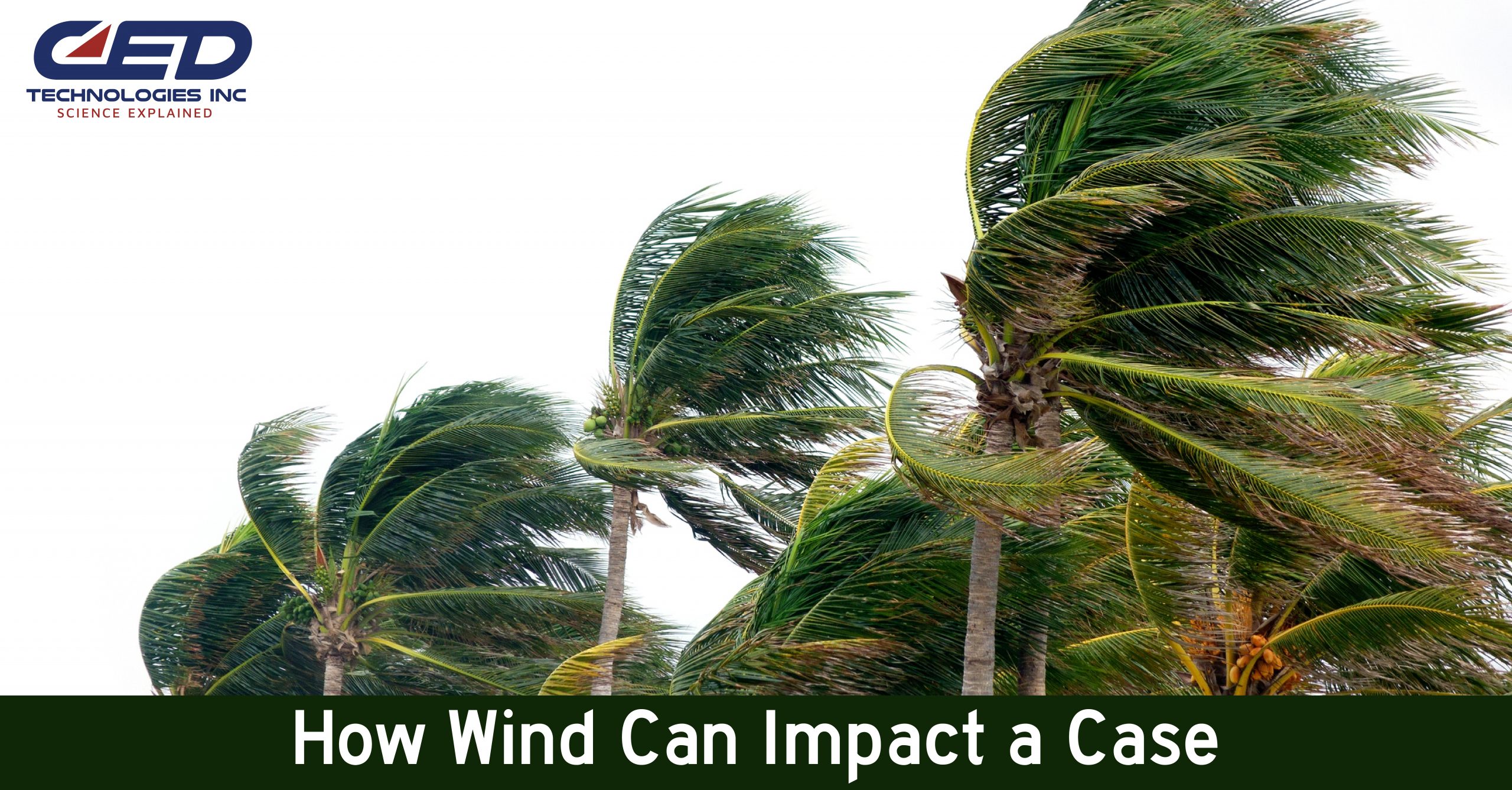The role of weather to determine causation of incidents in forensic engineering should not be underestimated. The path to understanding cases involving an outside event can often be determined by weather factors at the time at the time of the incident.
Sometimes it can be obvious when weather is a central factor in an incident. When high winds cause a crane to topple over or a car pulls out in front of another during a downpour causing a collision, weather is usually the culprit. Engineers can complete additional research to verify the conditions that existed when a particular incident or property loss occurred.
One of these verifications tools is CoreLogic, a large and diverse online service which targets property and casualty insurers. CoreLogic is an excellent source for finding reliable weather data for a single point on earth or an entire portfolio. CoreLogic helps CED engineers consider wind vs. flood after a storm surge occurs in cases involving waterfront structures like bulkheads or piers. Dr. Thomas Jeffery, Principal, Science and Analytics at CoreLogic, found that “storm surge has historically been the deadliest and most destructive hazard we deal with.” CoreLogic indicates that Miami has the highest number of homes at risk for 2020 (source).
For example, CoreLogic can provide a wind verification report for a location, listing “storm events” and “estimated maximum windspeed” over a 10-year period. The report includes the date and the windspeed at the location within 1 mile, 3 miles, or 10 miles – a very detailed and comprehensive piece of weather pattern history.
Using weather data from CoreLogic, coupled with available aerial imagery, CED engineers are able to pinpoint the effect of weather on exact locations, down to a specific property. Data is available to identify the exact size of hail or precisely where an electrical storm struck using lightning verification techniques.
Another weather and tides data resource commonly used by CED engineers is the National Oceanic & Atmospheric Administration (NOAA), which includes the National Weather Service (NWS) and the Center for Operational Oceanographic Products and Services (CO-OPS). “The NWS provides weather, hydrologic and climate forecasts and warnings to the United States, its territories, adjacent waters and ocean areas for the protection of life and property and the enhancement of the national economy.” While the CO-OPS “is the authoritative source for accurate, reliable, and timely tides, water levels, currents, and other coastal oceanographic and meteorological information” (source).
Using the excellent data from NOAA, accessing services like CoreLogic, and reviewing local news reports and information, provides CED engineers with the broader context needed to compile thorough and accurate analysis and reports. This combination of tools, experience in the field, and industry knowledge allows the engineers at CED to provide accurate, verified, and reviewed results for cases.
Click Here To See Our Full List of Experts Click Here To Submit an Inquiry about a possible Claim or Case.






